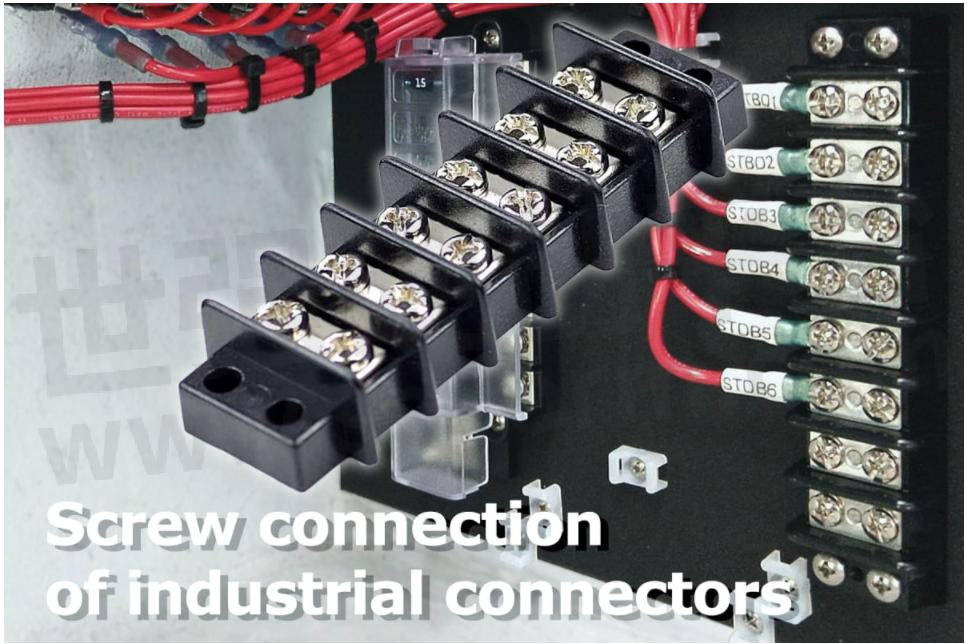In-depth Understanding of the Connection Types of Industrial Connectors

Compared with traditional connection equipment, Industrial Connectors have many advantages, such as being stronger and more durable. In this article GREENCONN will focus on the connection types of industrial connectors in order to have a deeper understanding of industrial connectors.
The main connection types of industrial connections include plugging, cabinet, screw, and bayonet. The details are as follows:
Plugging Connection of Industrial Connectors
Plugging connection is a versatile connection type. The connection or disconnection of the plug and the socket of the industrial connector does not require rotation or twisting and its movement is linear, so the workspace does not need to be too large.
There are two structures of plug-in connections: ball and pin.
This connection method does not have a mechanical effort-saving mechanism, so if an error occurs during the operation, the mechanical resistance will be greatly increased.
Cabinet Connection of Industrial Connectors
This connection method is close to the rack and is suitable for electrical connectors of some equipment that needs to be blindly connected, making the electrical equipment lightweight, compact, and easy to maintain.
In this connection method, the operator is more difficult to perceive the connection accurately, so a precise positioning device is needed to prevent the industrial electronical connector from being forcibly connected.
The cabinet connection of industrial connectors generally adopts a floating or elastic contact design structure to ensure correct connection.
Screw Connection of Industrial Connectors
In working environments where vibration is high, this connection method is usually used for connections between some large contacts or original parts. This type of connection can be fused to prevent loosening after completion of the connection. It is more stable and reliable, but the speed of connecting and disconnecting is slow.
Bayonet Connection of Industrial Connectors
This type of connector supports reliable, fast connection and disconnection. Most bayonet industrial connectors have intuitive indications of correct connection and locking, which are visible directly from the small hole on the side of the coupling nut of the connector, making installation more convenient.
Greenconn has been committed to providing PCB connectivity solutions and has accumulated a large number of successful cases in the industrial field. Its industrial connectors have been supplied to the supply chain of well-known brands such as Schneider and Omron for a long time.

- +1 Like
- Add to Favorites
Recommend
This document is provided by Sekorm Platform for VIP exclusive service. The copyright is owned by Sekorm. Without authorization, any medias, websites or individual are not allowed to reprint. When authorizing the reprint, the link of www.sekorm.com must be indicated.


























































































































































































































































































































































































































































































































































































































































































































































































































































































































